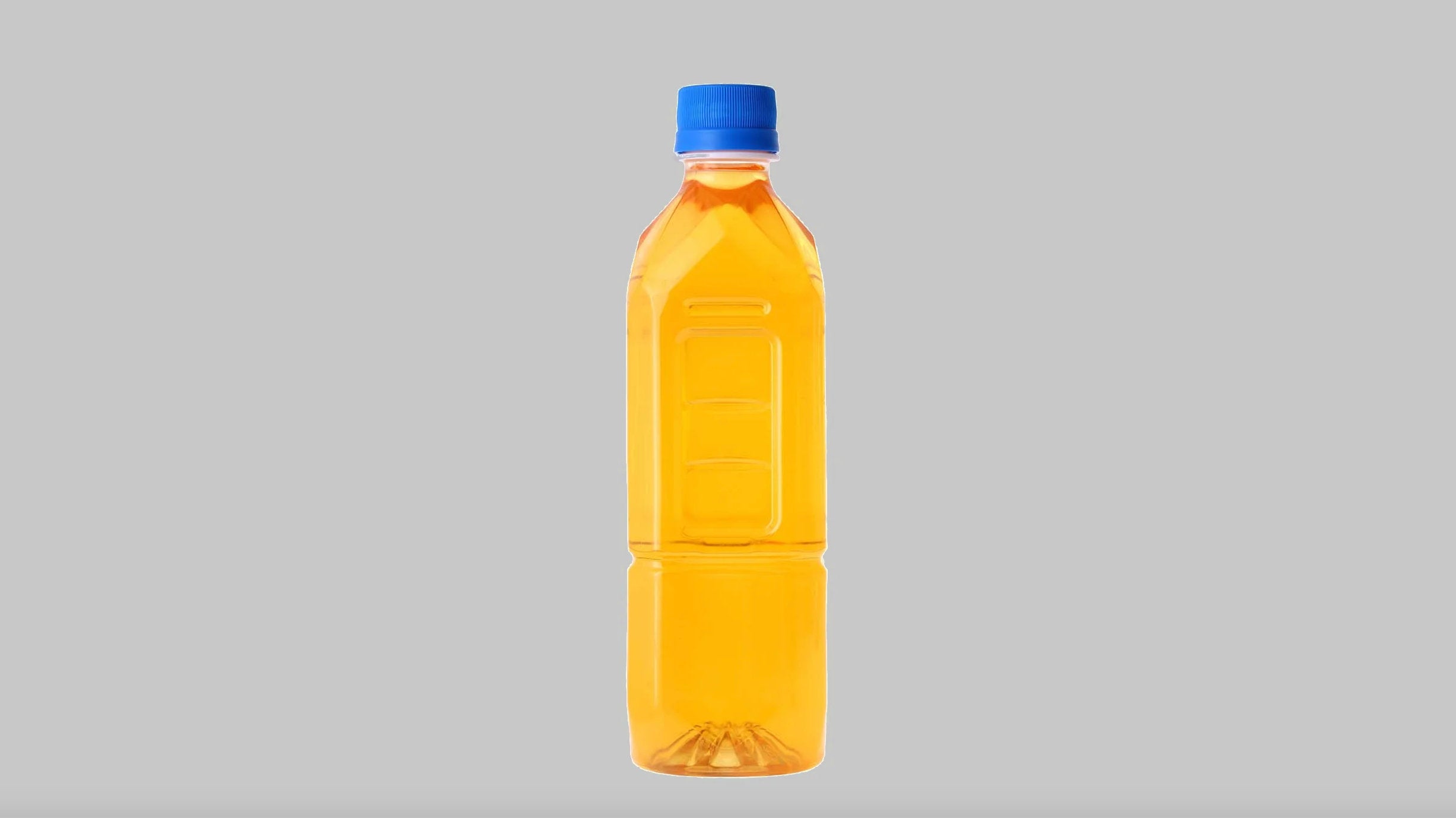Can You Really Survive by Drinking Your Own Pee?

Bottle of yellow fluid (Photo: Akiyoko via Getty)
You’ve seen Bear Grylls do it on TV and read about how Aron Ralston did it to survive when a boulder pinned him down by his arm in a Utah slot canyon. You’re likely gagging just thinking about it. But if you’re interested in wilderness survival, you’ve probably asked yourself: What happens if you drink pee?
It’s a reasonable question to ask: According to the widely-used Rule of Threes, a person can expect to survive roughly three minutes without air, three hours without shelter in inclement weather, three days without water, and three weeks without food. If you’re genuinely trapped somewhere far from a creek or pond, securing a source of hydration is one of your first priorities. After a day or two, your thirst might even be stronger than your gag reflex.
But “can you drink your own pee” is a different question from “should you drink your own pee.” No, you won’t get any diseases from drinking your output. Kids in the UK have been known to sip their pee after watching Bear Grylls do the same on TV, with no lasting ill effects beyond their parents being very, very disturbed.
But that only works if you’re well-hydrated, and that’s not what you’re talking about here. Despite what you saw on TV, pee is even more full of salts and minerals than seawater, and drinking it will suck the life out of you faster than a bayou full of leeches. It’s wastewater, after all, partially meant to carry out urea and other harmful substances from your body. A regular backpacking filter will do you no good. And the longer you continue drinking it, the more concentrated it becomes.
Related: A Survival Expert on What Happens if You Drink Pee, Firecraft, and Other Things That Hikers Get Wrong
Determined enough, or desperate enough, to do it anyway? Your only hope is to evaporate the water out of the urine, then collect it. Pee in a large container, apply heat, catch and condense the vapor, and funnel that clean water into a second container. Now, you’ve got two options. If you have a stove or a campfire, tinkle in your cookpot, put a cup inside (on a flat rock), cover the whole thing with your lid inverted so the handle points into the cup, and boil away.
Your other option is to build a solar still: Dig a hole about a foot deep, then add urine and any greenery you can find. Stand a cup in the center. Spread plastic over the opening, pull taut, seal the edges using rocks and dirt. Use a stone to weight the sheet over the cup so the water drips into it. The stove is faster; the still might help you get extra water out of the soil. Both will only get you a small fraction of what you put in. Either way, the water will still taste like pee.
Reality check: There are better ways to get water in an emergency than by playing moonshiner with your own urine. Instead, wait until temperatures cool down in the evening and expend that energy searching for watering holes or puddles you may have missed (tip: in dry areas, animals congregate around water sources, so try following their tracks). Better yet, avoid the drama altogether with a little bit of forethought by bringing in more water than you think you need, telling someone where you went and your expected return date, and carrying a satellite communicator if possible.